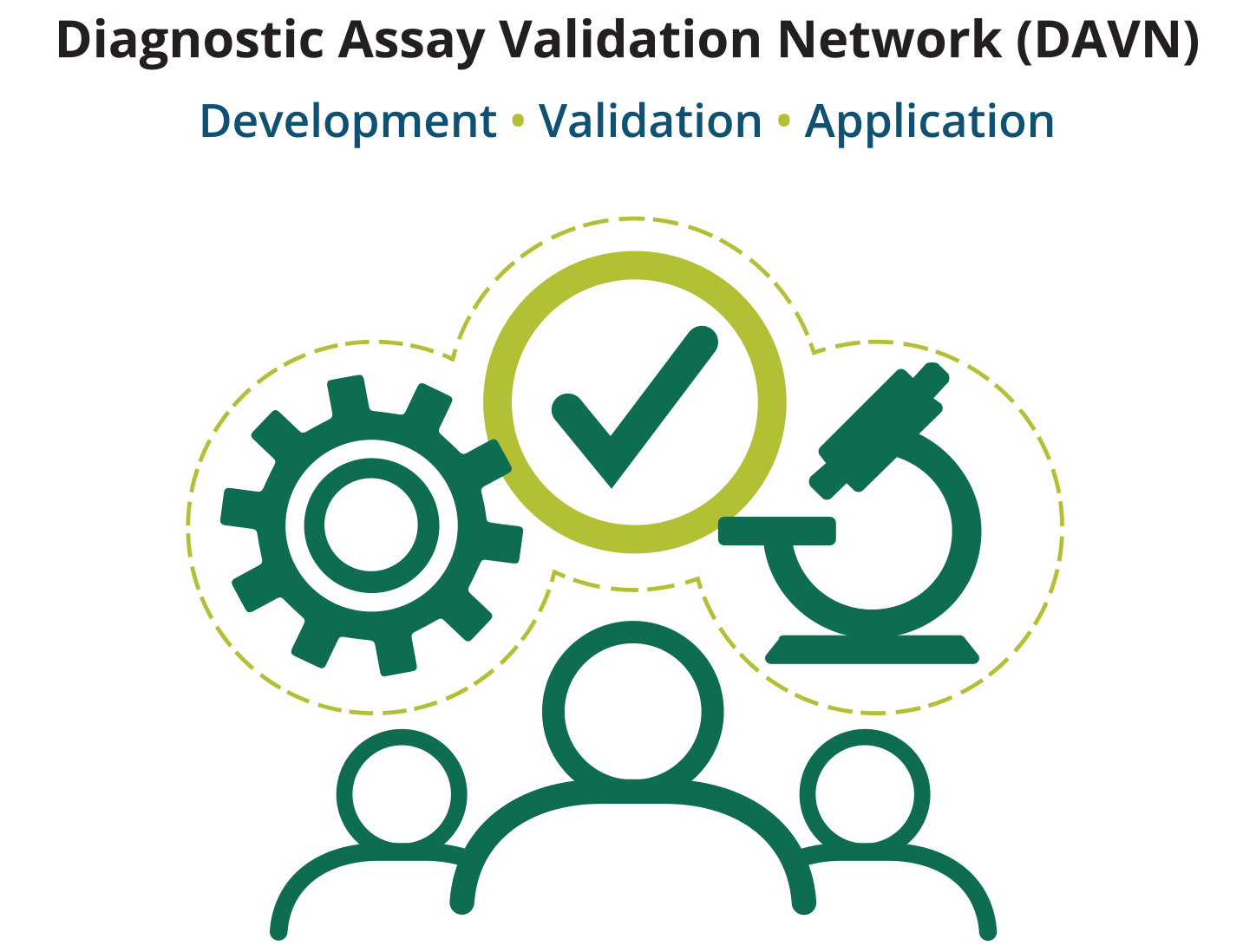
Welcome to the Diagnostic Assay Validation Network (DAVN)! DAVN is designed to connect researchers who develop, validate and use plant disease diagnostic assays. DAVN provides tools, communities, and knowledge products to support development through end-use and understanding of validated diagnostic assays.
The DAVN was created in 2023 to provide a working space for plant scientists, industry stakeholders, NPDN, NCPN, and private laboratories via online communities. Sign up to receive DAVN updates below to learn more about the need and the vision for DAVN.
Within this DAVN web-portal you will find tools to assist with diagnostic assay development, validation and use. DAVN is being built to provide connections to communities of scientists in the business of plant pathogen identification and differentiation, and diagnostics. You will find knowledge resources provided by many members of our society to promote on-going learning and development of the sciences of plant disease diagnostics.
Tools
Under Tools, you will find a set of statistical calculators and validation tools that provide context and overview of tiers of validation, validation workflow, and vocabulary. Additionally, you will see databases for extraction methods, types and sources of controls, and resources to develop assays. Publication guidelines describe the APS recommended language for publishing research papers about diagnostic assay development. Published validation research articles and related workflow instructions are found under Tools. Validated techniques, methods and work instructions focus on approaches and methodologies. It provides guidelines on publication formats, work instructions, and houses a list of validation diagnostic assays.
Communities (APS Members Only)
Under Communities there are directories of DAVN operational committees, Communities to promote interactive workspace and collaboration, registries and directories for taxon-specific expertise, assay developers, ring testing labs, and are where reference collections can be found.
Knowledge Center
The Knowledge Center houses webinars, seminars, presentations and posters, and archived materials from Network development.
Sign up to receive DAVN updates!
Questions? Contact us at DAVN@scisoc.org
